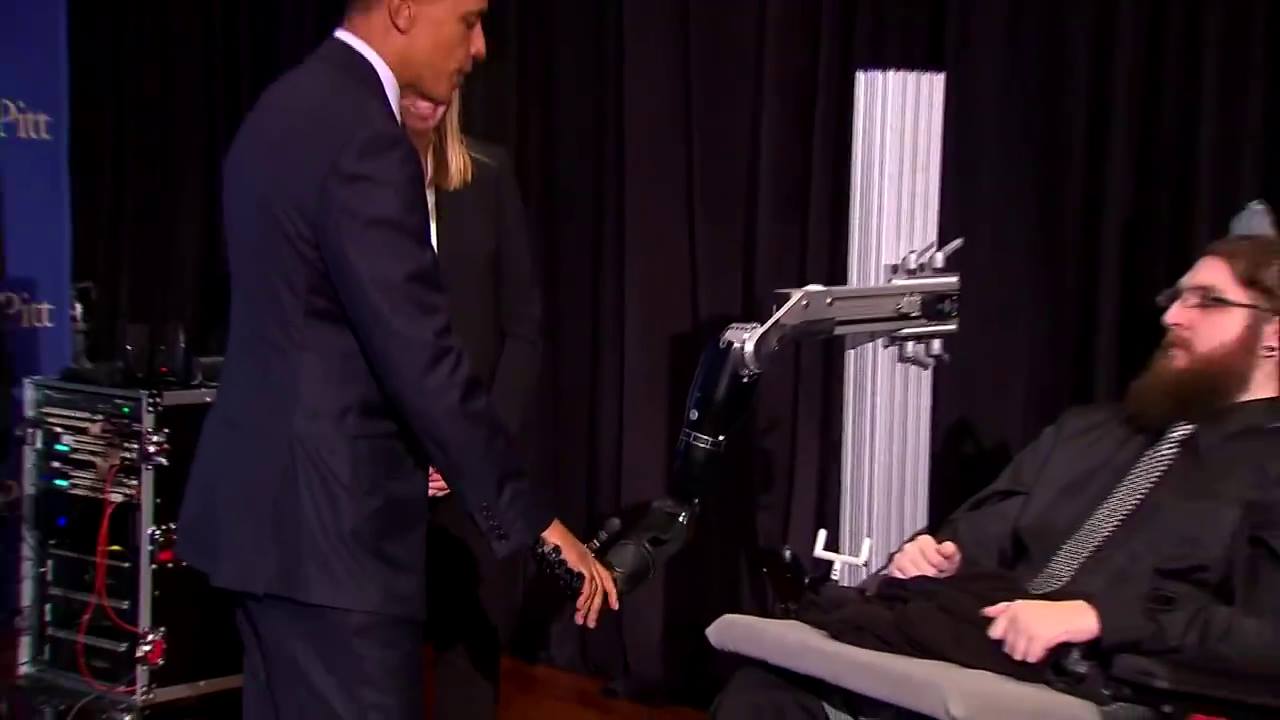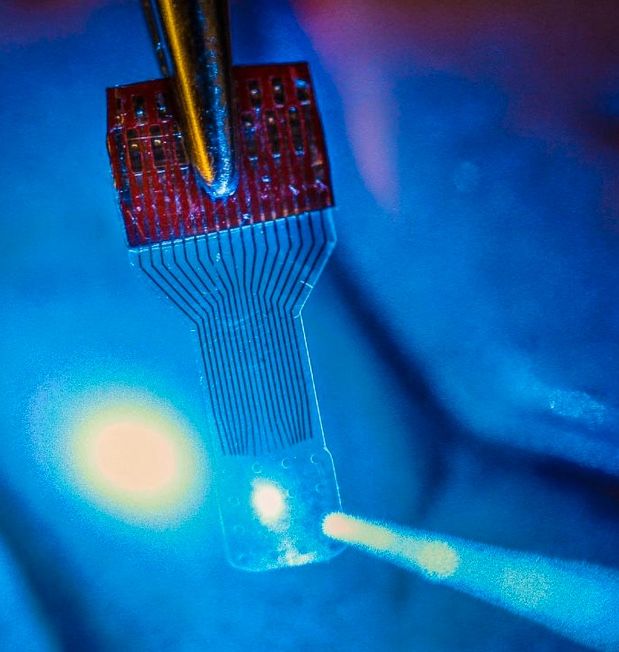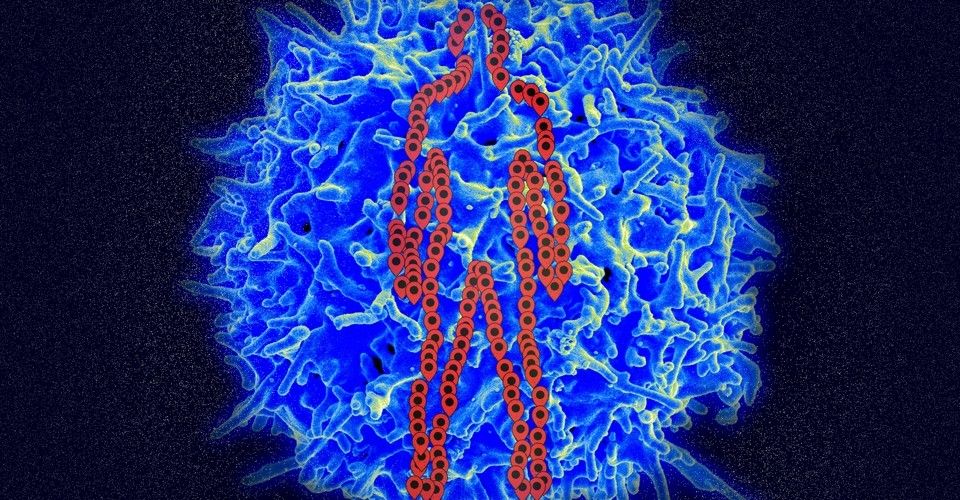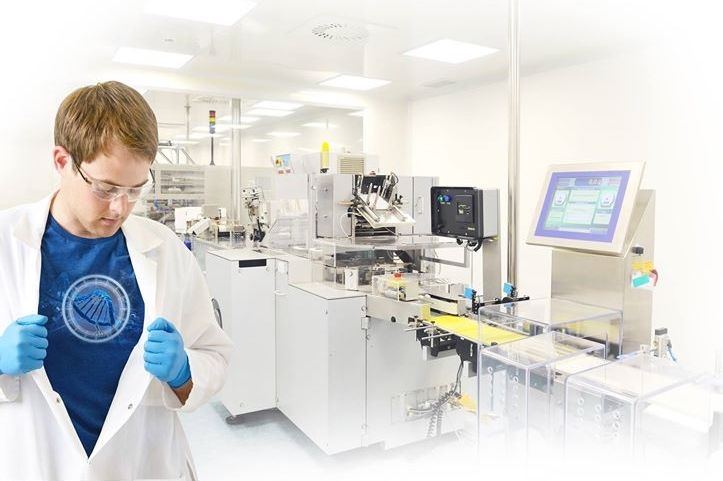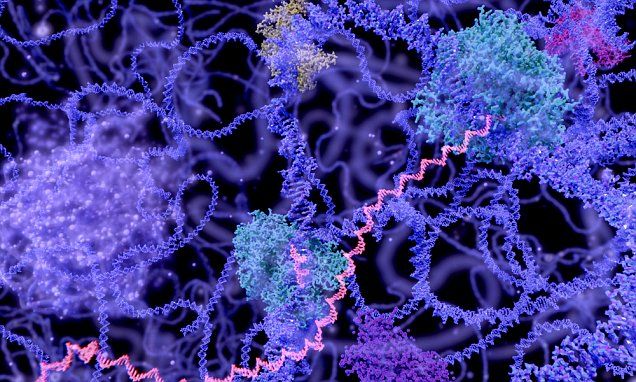Category: biotech/medical – Page 2632
In an open-access paper published Thursday (Oct. 13, 2016) in the journal Nature Protocols, University of Wisconsin–Madison engineers have published details of how to fabricate and use neural microelectrocorticography (μECoG) arrays made with transparent graphene in applications in electrophysiology, fluorescent microscopy, optical coherence tomography, and optogenetics.
Graphene is one of the most promising candidates for transparent neural electrodes, because the material has a UV to IR transparency of more than 90%, in addition to its high electrical and thermal conductivity, flexibility, and biocompatibility, the researchers note in the paper. That allows for simultaneous high-resolution imaging and optogenetic control.
Artificial eggs have been grown in a petri dish for the first time and used to create living animals in a breakthrough hailed as ‘remarkable’ by British experts.
Scientists in Japan proved it is possible to take tissue cells from the tail of a mouse, reprogramme them as stem cells and then turn them into eggs in the lab.
The ‘eggs in a dish’ were then fertilised and the resulting embryos were implanted in female mice which went on to give birth to 11 healthy pups.
When you read about what some startups are doing these days it seems like you’re reading a sci-fi book. Earlier this year we published an article titled “3 Companies Building Nanorobot Companies” and we talked about using software, robots, and synthetic biology to engineer synthetic organisms (essentially nanorobots) that can be used to create efficiencies. According to BCC Research, the global market for microbes and microbial products was projected to approach $154.7 billion in 2015 and almost double to $306 billion by 2020. Healthcare is largest consumer of microbes (61%) followed by energy (24%) and manufacturing (13%). The massive size of the microbe industry is just begging for a bit of disruptive technology to address it and that’s exactly what Zymergen is getting up to.
![]()
Founded in 2013, San Francisco startup Zymergen has taken in a total of $174 million from a whole slew of investors that include Draper Fisher Jurvetson and Softbank. Their most recent funding round of $130 million closed just last week and was led by Softbank, a publicly traded Japanese technology conglomerate. This should come as no surprise considering Softbank has recently announced their intention to become the world’s number one technology investor with up to $100 billion allocated to investing in future technology companies.
A webinar presented by: James Goldmeyer, PhD
The use of CRISPR-Cas9 for gene editing has opened up many new avenues for scientific exploration around gene function. The rapid expansion of the field has led to a wide range of technology formats for use in both gene knockout and precision knockin genome engineering experiments. The seemingly ever-increasing toolset has also led to a widening knowledge gap for newcomers to the field to overcome in determining the proper reagents for performing experiments.
During this webinar we will discuss the basics of CRISPR-Cas9 gene editing and the key criteria and decision points in selecting reagents based on your desired application. We will review all types of guide RN…A and Cas9 nuclease formats and discuss the advantages and disadvantages of each.
A dozen years ago, an auto accident left Nathan Copeland paralyzed, without any feeling in his fingers. Now that feeling is back, thanks to a robotic hand wired up to a brain implant.
“I can feel just about every finger – it’s a really weird sensation,” the 28-year-old Pennsylvanian told doctors a month after his surgery.
Today the brain-computer interface is taking a share of the spotlight at the White House Frontiers Conference in Pittsburgh, with President Barack Obama and other luminaries in attendance.
Researchers have discovered a link between a protein and aging
A protein found within the powerhouse of a cell could be the key to holding back the march of time, research by scientists at The University of Nottingham has shown and the discovery could offer a new target for drugs that may help to slow the debilitating effects of ageing on our bodies.
Their research, published in the academic journal Aging, could have special significance for combatting age related decline and halting the progression of neurodegenerative conditions such as Alzheimer’s and Parkinson’s Disease.
